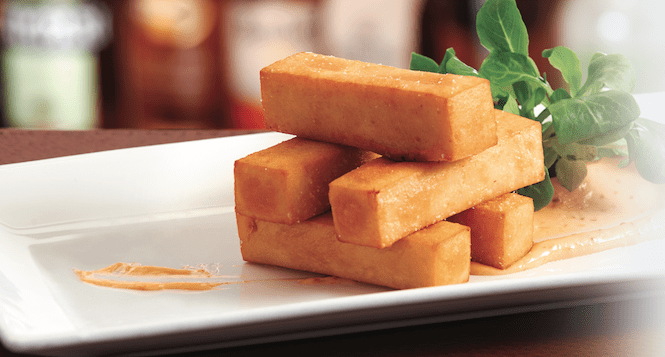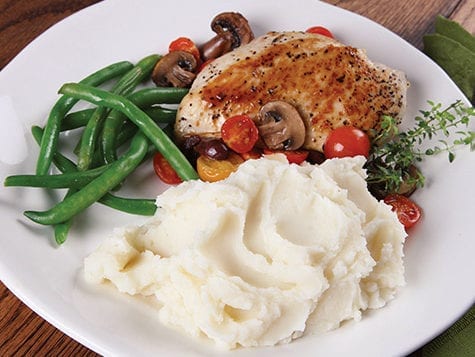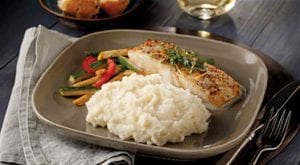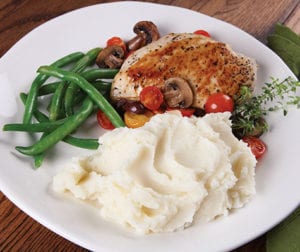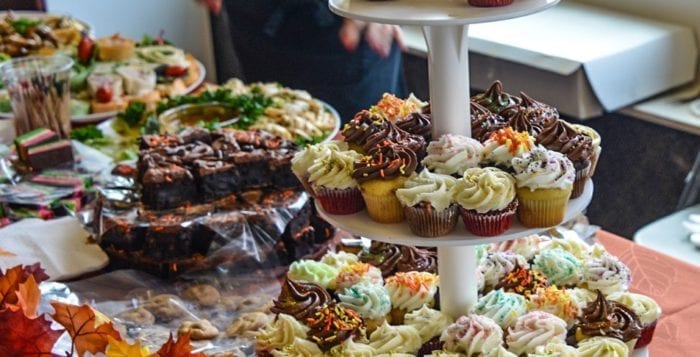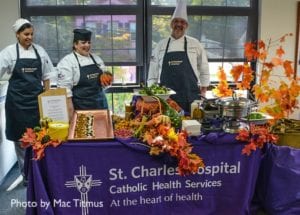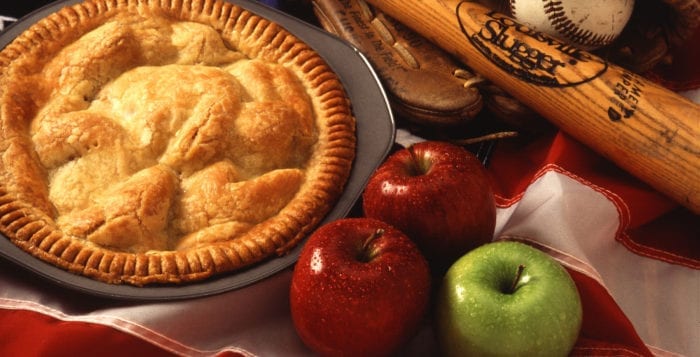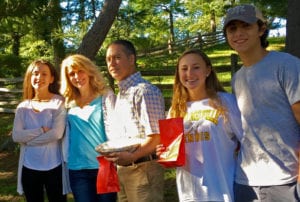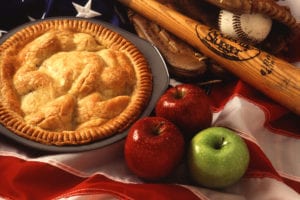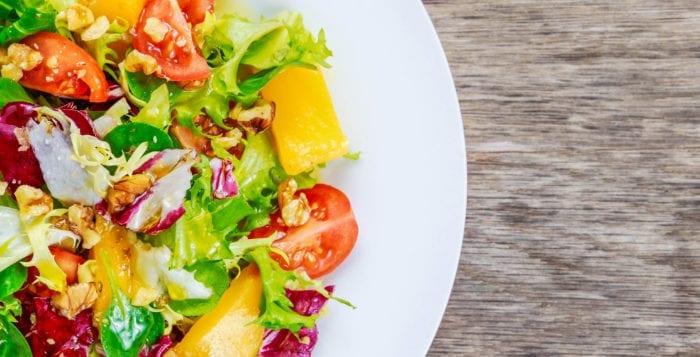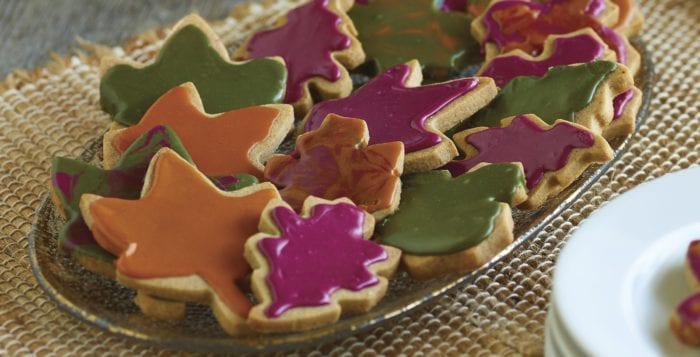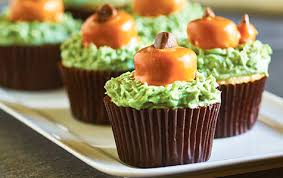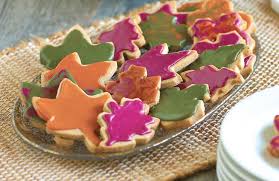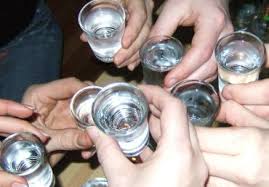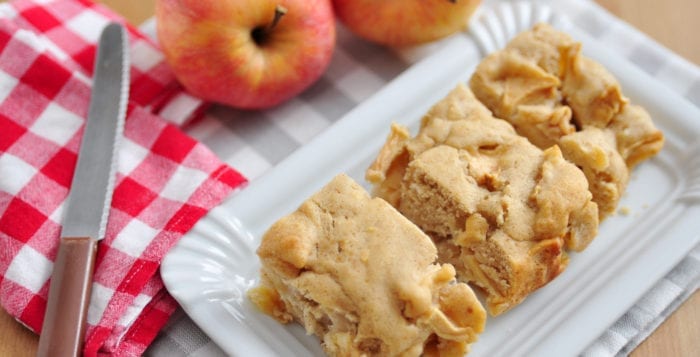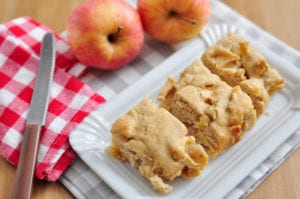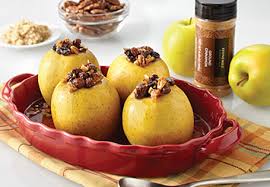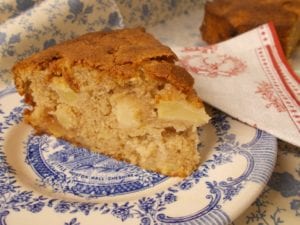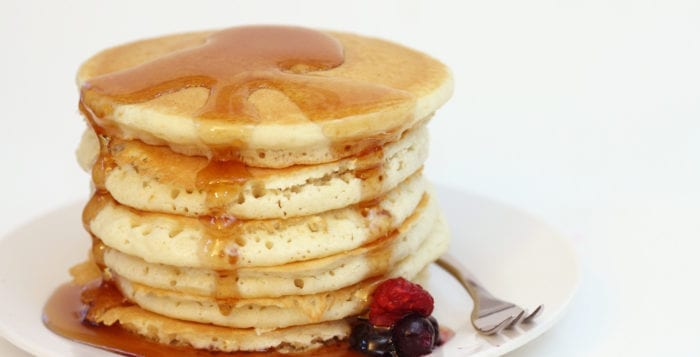Guy Reuge, executive chef of Mirabelle Restaurant and the Mirabelle Tavern at the Three Village Inn in Stony Brook recently released his first book, “A Chef’s Odyssey: An Autobiographical Cookbook,” to rave reviews. “‘A Chef’s Odyssey’ is a charming and very personal memoir and cookbook by French chef Guy Reuge,” said Jacques Pepin. “From the simple, straightforward recipes of his youth to the sophisticated recipes he made at La Tulipe in New York City and later at Mirabelle, he vividly brings back memories of a time when French cooking rules the New York restaurant scene.”
Try this recipe for Panisse with Harissa Mayonnaise from “A Chef’s Odyssey.” In his cookbook, Chef Reuge writes, “Panisse are a treat from southeastern France. They are made with a chickpea flour batter that is deep-fried. I serve panisse as a snack and they are one our most requested menu items.”
Panisse with Harissa Mayonnaise
 YIELD: Makes 50 panisse
YIELD: Makes 50 panisse
INGREDIENTS:
4 cups whole milk
2 cups heavy cream
1⁄4 cup sliced shallots
1 sprig of thyme
salt and pepper
3 cups chickpea flour, sifted
olive oil for greasing the pan
vegetable oil for deep frying
2 cups mayonnaise, chilled
1 tablespoon harissa paste or sriracha sauce
DIRECTONS: In a large saucepan combine the milk, cream, shallots, and thyme, season the mixture with salt and pepper, and bring the liquid to a boil over moderately high heat. Reduce the heat to moderate and simmer the mixture for 5 minutes. Pass the mixture through a sieve into another saucepan and return the liquid to a boil over moderately high heat. Whisk in the chickpea flour, whisk the mixture until it thickens, and continue to whisk it for 4 minutes more. Transfer the batter to a food processor fitted with the steel blade and process it for 2 minutes or until it is smooth. Spread a 9- by 13½-inch sheet tray with the olive oil and spoon the batter into the pan, spreading it out. Level and smooth the top of the batter with an offset spatula. Chill the batter for 2 hours.
When the batter is solid unmold it by turning the tray onto a cutting board. Cut the panisse into 2½-inch lengths that look like thick french fries. In a deep-fryer heat the vegetable oil to 375 F and fry the panisse in small batches until they are golden. Transfer the panisse to paper towels as they are cooked and sprinkle them with salt. In a bowl combine the mayonnaise with the harissa. Serve the panisse with the mayonnaise on the side.
NOTE: The uncooked panisse can be stored refrigerated in a container with a tight lid for up to 3 days.

